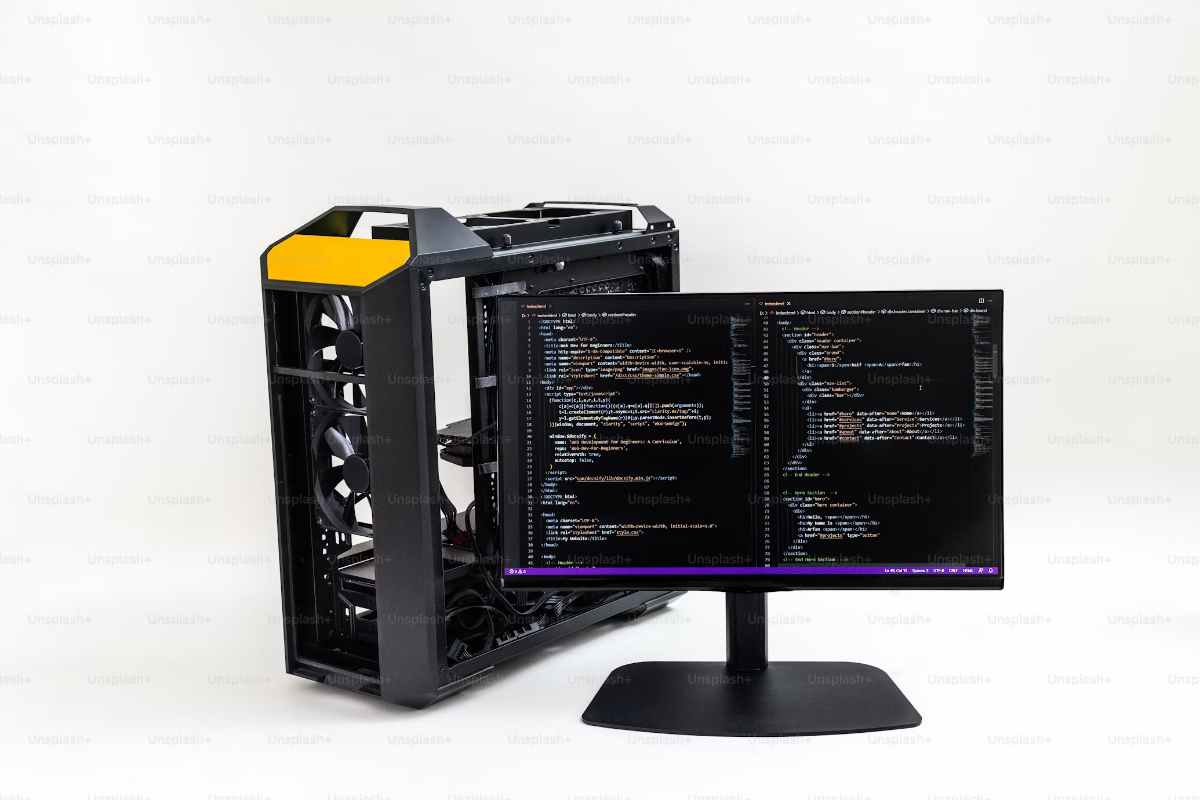Optimizing a gaming PC does not require advanced technical skills or expensive upgrades. With just a few practical adjustments, beginners can unlock smoother gameplay, richer visuals, and an overall more immersive experience.
Yet, optimization isn’t only about hardware tweaks or software settings. It also involves ensuring your PC stays secure, clutter-free, and dedicated to gaming activities. After all, a well-maintained gaming PC means fewer distractions and more time to explore new adventures.
If you’re immersed in the latest blockbuster RPG, enjoying casual multiplayer rounds, or exploring dynamic online gaming experiences like the hybrid casino games, which you can read more about online, optimizing your rig ensures each session runs smoothly. However you choose to game, optimizing your rig ensures it always performs at its best.
Update Your Drivers Regularly

One of the simplest yet most effective ways to ensure your PC runs smoothly involves regularly updating your GPU (graphics card) drivers. Graphics card manufacturers, mainly NVIDIA and AMD, routinely release new drivers specifically designed to boost gaming performance or fix compatibility issues with recent titles. Ignoring updates can cause poor frame rates, lagging graphics, and even crashes.
To keep drivers up-to-date, periodically check your GPU manufacturer’s website or use automatic software tools like NVIDIA GeForce Experience or AMD Radeon Software.
Manage Background Applications
Gaming requires substantial system resources, and background applications or hidden processes running in the taskbar can significantly impact performance. Many new gamers overlook these processes. Before starting a game, make sure to close any unnecessary apps and browser tabs. Open the Task Manager (Ctrl + Shift + Esc) to identify which processes are using up system resources, and end any tasks that aren’t needed. This simple step frees up precious RAM and CPU power, ensuring smoother gameplay.
Optimize In-Game Graphics Settings
Adjusting the graphics settings within your games makes a substantial difference in performance. High or ultra-settings look great, but they’re demanding on hardware, especially for entry-level PCs. Begin by adjusting:
- Resolution: Slightly reducing resolution (for instance, from 1440p to 1080p) significantly boosts frame rates.
- Adjust texture quality to medium-high and set shadows to medium for a good balance between visual quality and performance. Shadows, reflections, and anti-aliasing are notorious for consuming resources heavily.
- V-sync and FPS limiters: Disable V-sync to reduce input lag and maximize FPS unless you experience screen tearing. Experiment with FPS limiters to stabilize frame rates.
Upgrade to an SSD
If your PC still uses a traditional mechanical hard drive (HDD), upgrading to a Solid-State Drive (SSD) offers noticeable performance boosts. SSDs significantly speed up game loading times and enhance overall system responsiveness. Even installing just your operating system and favorite games onto a small SSD dramatically improves the overall gaming experience.
Keep Your PC Cool
Gaming generates heat, and overheating components will cause your PC to throttle performance to stay cool. Make sure your PC case has adequate airflow — dust vents, keep cables tidy, and regularly clean dust buildup from internal components. If temperatures still seem high, consider adding case fans or even upgrading to a better CPU cooler.
Disable Unnecessary Startup Programs
Over time, various programs install themselves to run automatically when your computer boots. This leads to longer boot times and a decline in overall system performance. Use the Task Manager’s “Startup” tab to disable unnecessary applications, speeding up your system boot and freeing resources that games need.
Regularly Scan for Malware and Viruses
Viruses and malware can significantly degrade your computer’s performance, often running unnoticed in the background. Regular scans using trusted antivirus software keep your PC secure, preventing unwanted resource drainage. Free antivirus tools like Windows Defender or Avast offer sufficient protection for most users, ensuring your gaming sessions remain uninterrupted by malicious software.
Adjust Windows Settings for Gaming
Windows includes built-in settings specifically designed for gaming optimization. Enabling “Game Mode” in Windows 10 or 11 prioritizes system resources for gaming applications, ensuring smoother performance. Additionally, disabling unnecessary visual effects and animations can further streamline your PC’s performance.
- Access these via Settings > Gaming for Game Mode or
- Navigate to System > Advanced system settings > Performance Settings, then choose “Adjust for best performance” to optimize your PC’s efficiency.
Consider Simple Hardware Upgrades
If you’re still experiencing significant performance bottlenecks, upgrading certain hardware components might be necessary. For beginners, simple upgrades include adding additional RAM or upgrading your GPU. RAM upgrades are relatively affordable and straightforward, significantly boosting multitasking and gaming performance.
Before upgrading, verify compatibility with your existing hardware to avoid issues and ensure smooth installation.
Conclusion
Optimizing your gaming PC doesn’t have to be a complex or expensive endeavor. By making a few simple adjustments, such as updating your drivers, managing background applications, optimizing in-game settings, and upgrading to an SSD, you can significantly enhance your gaming experience. Keeping your PC cool, removing unnecessary startup programs, and regularly scanning for malware also play crucial roles in maintaining a smooth, distraction-free gaming environment.
Remember, whether you’re exploring new RPGs, diving into competitive multiplayer, or trying out hybrid casino games, ensuring your rig runs at its peak performance will lead to better gameplay and longer, more enjoyable sessions. So, take the time to implement these optimization strategies, and you’ll unlock smoother, more immersive gaming every time you sit down to play.